Enrico Baj and Cobra ‘Dear Comrade, This is the first relation I am undertaking since my years of isolation. It will be a pleasure to work together with you.’ - Asger Jorn, a founder of Cobra, in a letter to Baj in 1953. At the start of the 1950s, like the members of the Cobra group, Enrico Baj had a great need of both artistic freedom and collaboration. Until around 1957 Baj’s work shows formal affinities with Cobra..In 1951, he and Sergio Dangelo founded the Movimento Arte Nucleare (Movement for Nuclear Art), which Asger Jorn would later join. Baj was also a member of the International Movement for an Imaginist Bauhaus, initiated by Jorn in 1954. That same year, Baj and several members of the of the disbanded Cobra group took part in the International Ceramics Meeting in Albissola, Italy, where the artists tested the boundaries of the medium. Play as Protest Enrico Baj was an influential avant-garde artist throughout the second half of the 20th century. He was from a wealthy Milanese family. At a very young age he already expressed a healthy disrespect for authority, for instance when he publicly ridiculed a fascist parade. To avoid serving in Mussolini’s army during WWII, he fled to Switzerland after which he attended the celebrated Brera Art Academy in Milan. Baj’s socially critical, even anarchistic approach characterizes much of his work. On the other hand, the work is also characterized by playfulness on a formal level, and humour. For him, “Only fun can validly oppose the system”. Baj employed play as engagement. Creation as protest. He aimed his creativity against fascism, totalitarian systems, the power of the ruling class, and the potential destruction of our environment (the new nuclear threat). Unfortunately, these are all threats that we still face today. The art of Enrico Baj has therefore lost nothing of its timeliness and relevance, and can still be an inspiration for protest in our times. Enrico Baj: Play as Protest investigates how Baj’s playful strategies, satire and irreverence were employed against a world that seems perpetually capable of destroying itself. The exhibition The pleasure of creating is immediately evident in all of Enrico Baj’s work. As did the Cobra artists, he loved experimenting with materials. The exhibition includes not only paintings, but also ceramics, Meccano sculptures, assemblages, publications and manifestos. Play as Protest follows the major evolutions in Baj’s work. Via the Movimento Arte Nucleare (Nuclear Art Movement), we arrive at the ceramics get-together in Albissola. Then through Baj’s contacts with Asger Jorn, with whom he corresponded extensively for many years, we arrive at the so-called Interplanetary Art of the late 1950s, motivated in part by Baj’s interest in science fiction, which Jorn shared. At the heart of the exhibition is a selection of Enrico Baj’s Generali, his series of generals created in the 1960s. It was with these that he became best known in his own lifetime, when they were presented at the 1964 Venice Biennial. The Generals are absurd characters that are decorated with found objects, such as belts, medals and braid. Here we also meet the high-society ladies from his Dame, or Ladies series, the female counterparts to the powerful Generals ridiculed by the artist. The Ladies likewise consist of curtain trimmings, lace, drawer knobs, tassels and other found materials. Later in the exhibition, we discover works that Baj created from Meccano parts, including his large robots, a commentary on the indiscriminate use of technology and the robotization of people in society. Smaller figures, commissioned by the puppeteer Massimo Schuster, made up the characters and set of the famous Ubu Roi, a theatrical play from 1896 by Alfred Jarry. Baj’s Meccano theatre was presented for 12 full years in more than 30 countries. The last segment of the exhibition is I funerali dell'anarchico Pinelli (Funeral of the Anarchist Pinelli), from 1972. At 12 metres wide, this work was shown in 1973 at the Boijmans van Beuningen Museum, but was censored in Italy.
The majority of the works in the exhibition were generously made available from the Archivio Enrico Baj, Vergiate (Enrico Baj Archives) and the Fondazione Marconi in Milan. These are complemented by invaluable loans from private collections, as well as from the SMAK in Ghent and the MART in Rovereto. Enrico Baj: Play as Protest is curated by Carrie Pilto, in collaboration with Luca Bochicchio as research consultant, and Archivio Enrico Baj. A publication will accompany the exhibition, designed by Richard Niessen and published by the Cobra Museum. Enrico Baj: Play as Protest Saturday 4 February-14 May 2017 Opening Sunday 5 February, 4:00 PM www.cobra-museum.nl
0 Comments
Leave a Reply. |
Archives
Januari 2022
Categories
Alles
|
|
KunstKrant.nl Officiële Website Copyright
© KunstKrant.nl 1993 - 2024 All rights reserved. KunstKrant.nl Website is NOT responsible for any external link on the website Powered by: Uitgeverij Nobelman |
Contact
KunstKrant.nl | Kunstkrant.be Emdenweg 3 9723 TA Groningen Mobiel: +031 (0)6 50831893 E-mailadres: [email protected] |

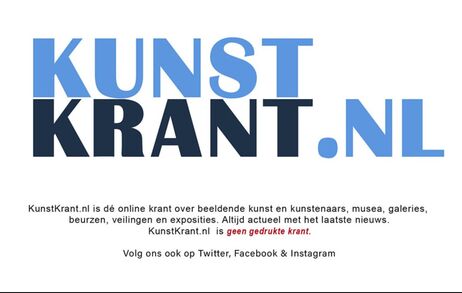
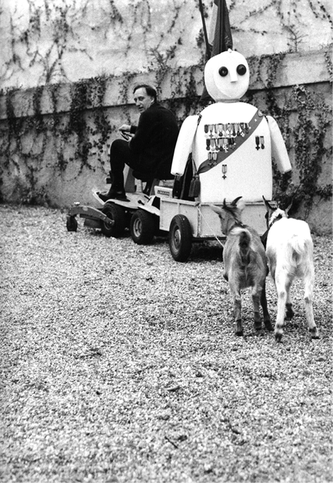
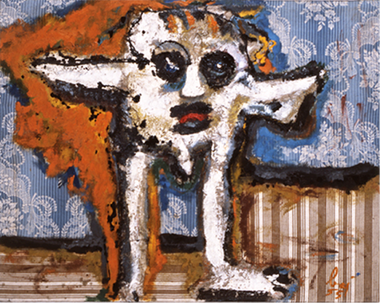
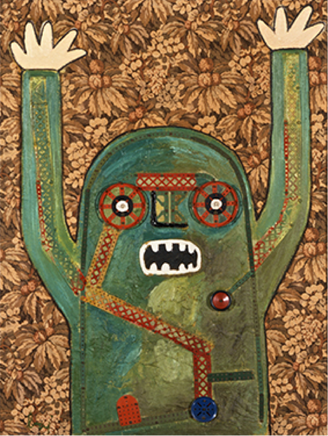
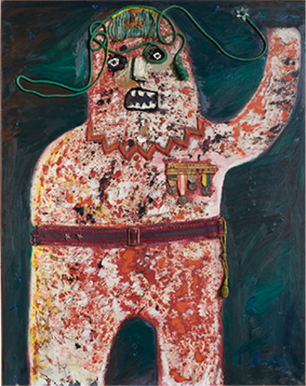
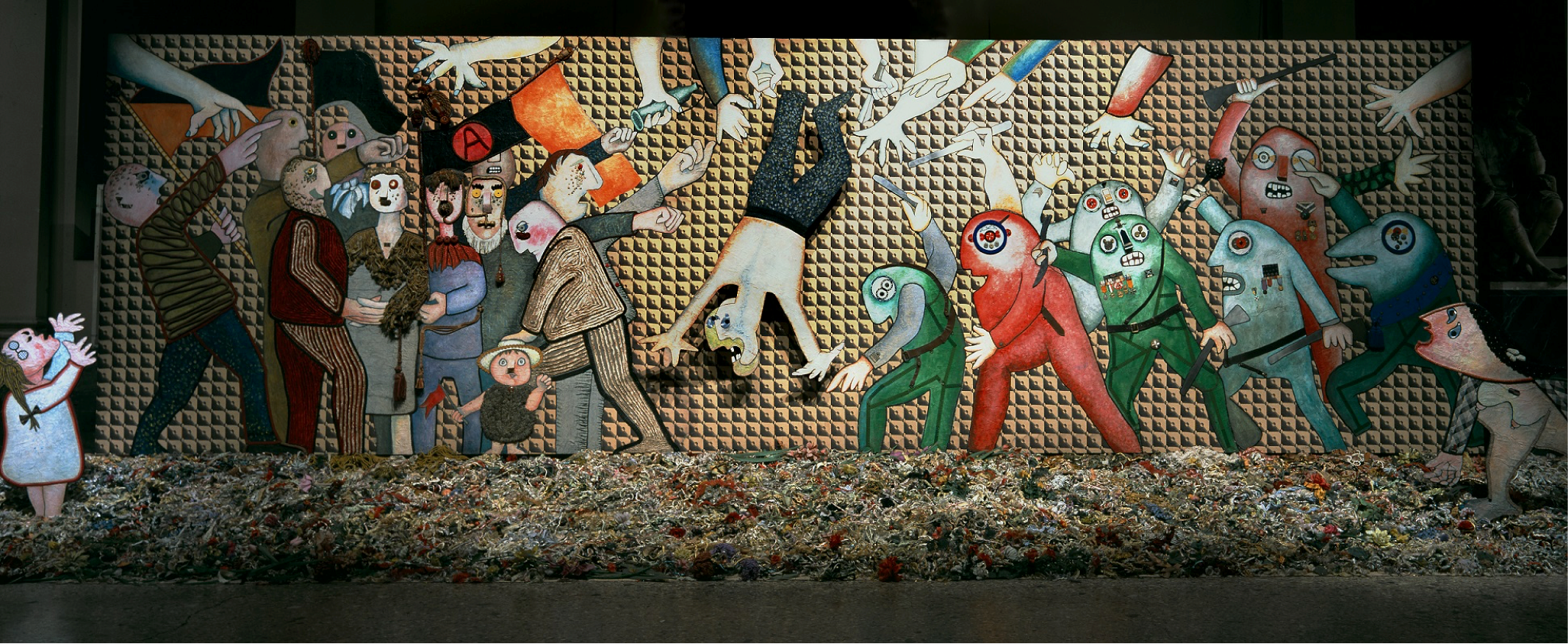
 RSS-feed
RSS-feed